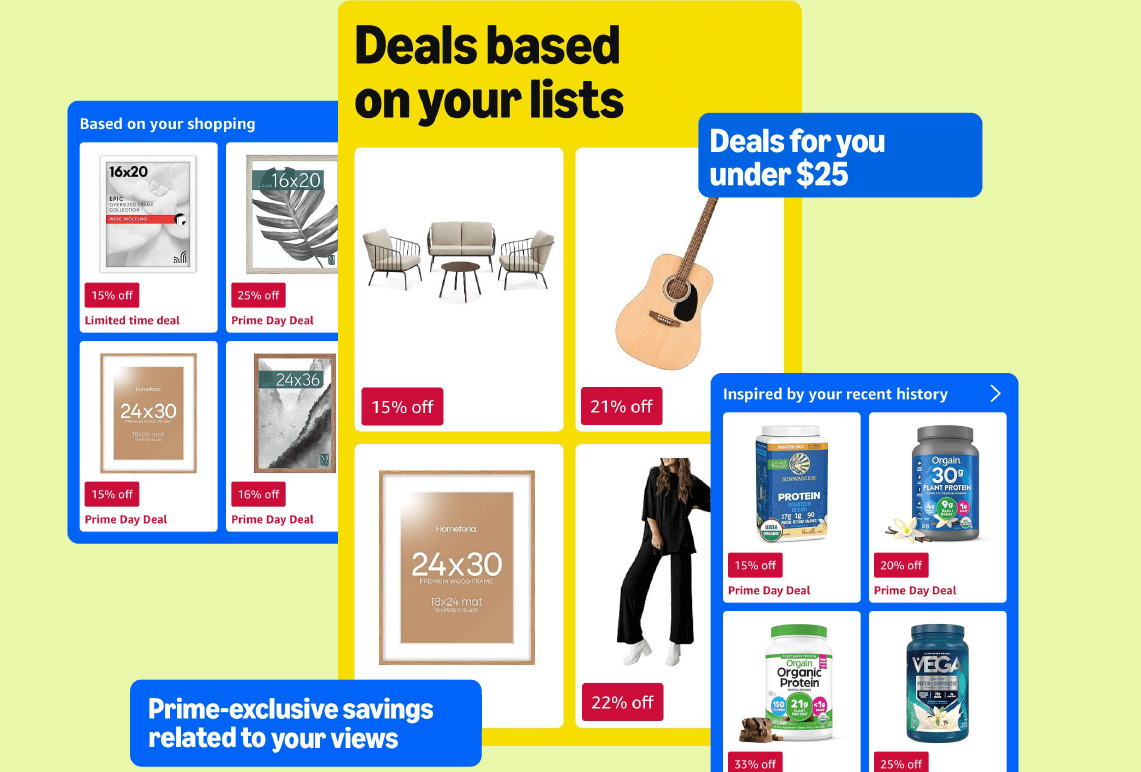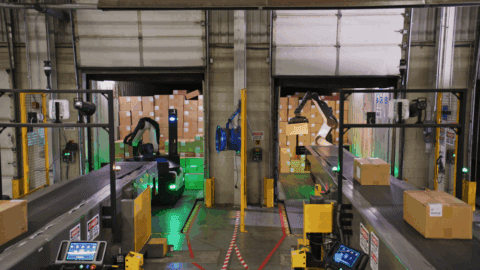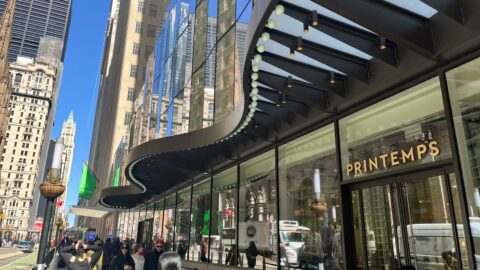Despite getting off to a slow start (by some accounts), Amazon’s 11th annual Prime Day event — which this year was extended from two days to four — was once again the biggest ever, driving $24.1 billion in online spend from July 8-11, according to Adobe. That’s a 30.3% increase year-over-year, and while that growth was certainly aided by the extended length of the sales event, it still represents 2X the online spend of Black Friday in 2024 ($10.8 billion).
While Amazon itself doesn’t share sales numbers, the company did confirm that it was the biggest-ever Prime Day event when compared to other four-day periods that included a Prime Day, with customers saving “billions” on deals across more than 35 product categories. Additionally, Amazon said that independent sellers on its marketplace also achieved record sales and a record number of items sold.
“This year’s extended Prime Day event delivered incredible savings to our members across millions of deals,” said Doug Herrington, CEO of Amazon Worldwide Stores in a statement. “We’re thrilled to see record savings for our customers, who found great prices on the everyday essentials and products they love.”
Prime Day Offers Insight into Consumer Mindset Amid Economic Uncertainty
With nearly every major retailer mounting a response to Prime Day, July has evolved into a high-stakes midyear event for U.S. retail. It’s no longer just about discounts, as retailers now use this period to test loyalty strategies, omnichannel engagement and consumer behavior in a price-sensitive, uncertain economy, according to analysts at Coresight Research in comments shared with Retail TouchPoints.
In lieu of specific numbers from Amazon, Adobe’s insights into broader ecommerce spending during the Prime Day period — which cover over 1 trillion visits to U.S. retail sites, 100 million SKUs and 18 product categories — offer the best, most quantifiable view into consumer behaviors during this critical summer shopping moment.
According to Adobe, competitive discounts across U.S. retailers drove price-sensitive shoppers to spend in categories such as appliances, where online sales were up 112% (compared to average daily sales in June 2025). Other categories with strong growth included office supplies (up 105%); electronics (up 95%); books (up 81%); tools & home improvement (up 76%); home and garden (up 58%); and baby and toddler (up 55%).
Mobile was the dominant transaction channel during the Prime Day event, driving the majority of sales (53.2% share versus desktop shopping) and contributing $12.8 billion in online spend.
Prime Day Cements Rep as Kick off to Back-to-School Season
And as was widely expected, consumers took the opportunity to get a head start on purchases for back-to-school. School supplies (such as backpacks, lunchboxes, binders, calculators and kids’ apparel) were up 175%, and dorm essentials (microwaves, mini fridges, bedroom linens, twin/full mattresses, laundry and cleaning products and storage products) were up 84%.
Interestingly, consumers also appear to have gravitated towards pricier goods. Strong discounts during the Prime Day event drove many shoppers to “trade up” to higher-ticket items. Across all categories tracked by Adobe, the share of the most expensive goods increased by 20% (compared to average levels year-to-date). In electronics, the share of the most expensive goods rose significantly — by 57%. Adobe also observed consumers trading up in categories such as appliances (up 36%), sporting goods (up 30%), furniture (up 28%), toys (up 19%), personal care (up 13%) and apparel (up 11%).
Categories where consumers embraced lower-priced products included grocery (where the share of the most expensive goods was down 7%) and home and garden (down 2%). And importantly, Adobe found that the strong sales numbers during the four-day sales window were driven by net-new demand as opposed to higher prices. The Adobe Digital Price Index, which tracks online prices across 18 product categories, shows that ecommerce prices have actually fallen for 34 months — down 2.1% YoY in June 2025. Adobe’s numbers are not adjusted for inflation, but if online inflation were factored in, there would be even higher growth in topline consumer spend.
4 Days Meant Consumers had Time to Look for the Right Deal
Additionally, given the extended deal window this year, it appears that shoppers were more patient and pragmatic in their purchasing this year than during previous Prime Days, according to Mike Feldman, SVP of Commerce at digital commerce consultancy Flywheel Digital: “We saw a clear macro shift in consumer behavior — urgency faded,” he said in comments shared with Retail TouchPoints. “With Prime Day 2025 spanning four days instead of two, what once felt like a flash sale became more of a browsing marathon. Early data showed click-through rates were up, but conversion rates were down, as shoppers took time to explore deals and wait for what they perceived to be the best value.”
A Prime Opportunity to Appeal to Grocery Shoppers
This year Amazon also touted offline deals at its grocery banners, including 50% off all ice cream and frozen desserts at Whole Foods Market and $30 off purchases of $150 at Amazon Fresh.
“Prime Day has become a strategic stage for Amazon to showcase its growing grocery ambitions,” said Feldman. “With prominent placements like the Haul homepage and continued emphasis on low prices and everyday value, Amazon is signaling its intent to win over the cost-conscious, convenience-driven shopper. It’s another move in their long game to crack Amazon Fresh and position themselves as a serious player in the grocery and household essentials space.”
AI Takes Center Stage During Prime Day
Amazon also used the Prime Day event to show off its new slate of AI-powered shopping tools, including the enhanced Alexa+, which is now available to millions of customers, along with the shopping assistant Rufus and AI Shopping Guides.

“From homepage layouts to newly launched personal navigation tabs and blue-bordered product bundles, Amazon went all-in on hyper-customized shopping,” noted Feldman. “These AI-driven, predictive UX tactics helped streamline and accelerate discovery by serving shoppers exactly what they’re likely to want. However, this level of personalization can narrow the discovery funnel, meaning brands needed to activate awareness early.
“From an advertising perspective we’re seeing moderate double-digit growth in click-through rates, indicating ads are likely becoming more relevant,” Feldman added. “A strong lead-up strategy before Prime Day is crucial to ensure customers are already aware of your brand and products, increasing the chances of appearing in high-impact tiles like ‘Inspired by your recent search history’ or ‘Deals based on your lists’ when the big day arrives.”
Beyond Amazon, Adobe also noted that shoppers are increasingly using generative AI-powered chat services and browsers as shopping assistants. During the Prime Day event, generative AI traffic to U.S. retail sites (measured by shoppers clicking on a link) increased by 3,300% YoY. And while AI-driven traffic remains modest compared to other channels, such as paid search and email, the growth shows the impact of AI on shoppers looking for deals or specific product details, according to Adobe.
“As we look ahead to Q4 and the holiday season, Prime Day serves as a powerful acquisition moment for brands to capture new customers,” said Feldman. “The challenge, and opportunity, now is to keep that momentum going by turning first-time buyers into loyal fans. Ultimately, maximizing Prime Day investments requires an ongoing commitment because building loyalty is a long-term play, and now is when the real work begins.”















